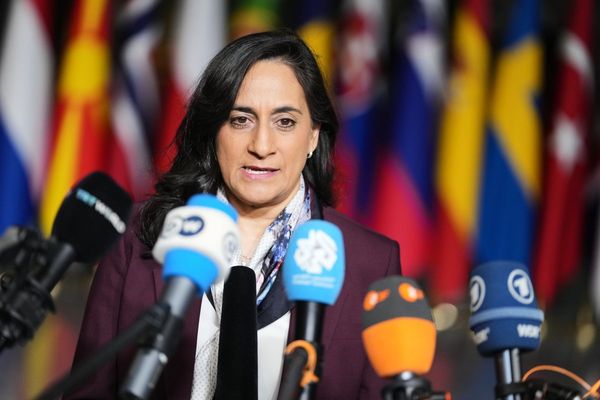
There is good news and bad news for Australia in the latest Pisa – Programme for International Student Assessment – results released this week by the OECD.
First the good: Australia is back in the OECD’s top 10 education countries.
Now the bad: that good news is not because our education systems are performing better than before. Australia is still sliding downwards – but other countries are doing so faster. Many of them much faster.
Pisa measures 15-year-olds’ ability to use their reading, mathematics and science knowledge and skills to meet real-life challenges. It has been administrated every three years since 2000 in all OECD member countries and in an increasing number of non-members.
The breaking news from the latest Pisa study is that, overall, in OECD countries students’ performance has dropped dramatically since 2000. The pandemic made an already bad situation worse. The gap between before and after Covid mathematics scores is equivalent to almost one year of learning.
One way to interpret the latest Pisa data confirms what we already know: Australia offers world-class schooling to most young people – but not to all. The most privileged half of our students perform at similar level to those in the education superpowers Japan and Korea.
This is an important yet too often ignored reality. When education leaders consider how to address the bad news – or the good news – of today, we know what good schools look like. Even more importantly, we have expertise to understand what it takes to help most students succeed.
But we continue to struggle with how to redesign large, rigid systems for schools to improve themselves from within based on professional wisdom, experience and other evidence rather than externally implemented reforms.
The Pisa data confirms another well-known aspect of Australia’s education system: there are persistent inequities that jeopardise efforts to improve the quality of student outcomes. Unlike our OECD peers, we have a high concentration of disadvantaged students attending schools where the majority of students are disadvantaged. What makes this segregated situation worse is that almost all these schools are inadequately funded public schools, lacking the resources to provide good education and care to their students with special needs.
Although Australia now stands significantly above the OECD average in mathematics, reading and science rankings, we need to double our efforts towards providing more equitable education in the future. A good reminder of this is that the performance gap between students in the top and bottom socioeconomic quartiles is widening.
For example, compared with the 2018 data, Australian advantaged students gained about seven Pisa points in mathematics and disadvantaged students declined by 12.5 points. Furthermore, 43% of the most socioeconomically disadvantaged students were low performers in mathematics. Our challenge is to fix these systemic inequities that prevent education systems from getting better – for everyone.
Since 2000 the world our children live in has dramatically changed and yet schooling relies on an industrial model of mass production. The way forward is not primarily about new curriculum, different teaching methods or more discipline in the classrooms. We need much bolder steps – we should reimagine how school could be more inspiring and engaging for students to learn and teachers to teach.
What Pisa makes clear is that strong drivers of dropping educational performance are declining student engagement, teacher agency and overall wellbeing. Education leaders need to refocus their improvement efforts on creating better frameworks for schools so that they can craft teaching and learning to benefit everyone.
We also need to take a closer look at what other countries do. Prof Geoff Masters of the Australian Council for Educational Research says many successful education systems approach teaching and learning by giving “greater priority to the development of deeper conceptual understanding and students’ abilities to apply what they learn across different contexts”.
There is no need to panic. Australian government education systems have begun to change the way they address student engagement, teacher agency and more flexible learning opportunities for all children. Good examples include public education strategies in South Australia and New South Wales.
Some may think Pisa hasn’t delivered what was promised. More than 22 years of results haven’t improved the state of world’s school education. Statistical correlation over time suggests the more data we collect and reports we publish about education systems, the worse they perform. More and better data, as argued when Pisa was inaugurated, clearly haven’t turned into better education for all.
Based on Pisa, the OECD keeps reminding us of what has been perhaps the most significant lesson of all: successful education systems combine excellence and quality in their policies and practices.
The national school reform agreements aim to close the existing funding flaws, enabling public schools to tackle better the wide range of disadvantage they are dealing with. Money often doesn’t matter in education but it does if we wish to enhance equity of education outcomes and have schools that give a fair go to every child.
Pasi Sahlberg is a professor of educational leadership at the University of Melbourne







